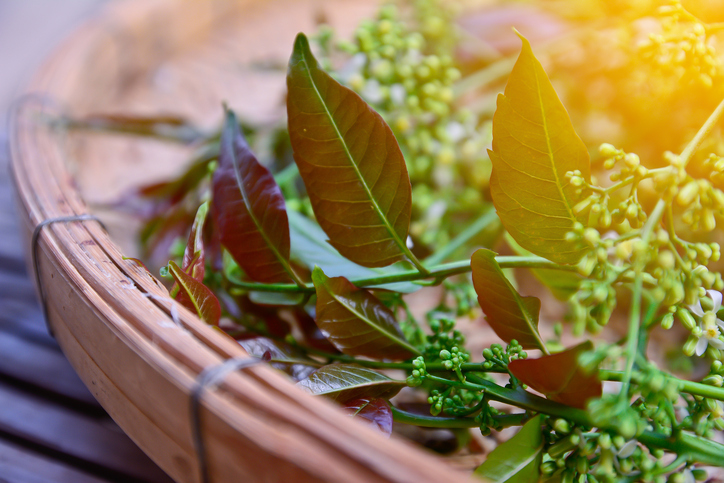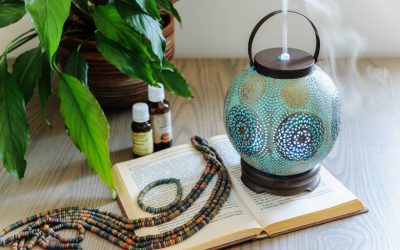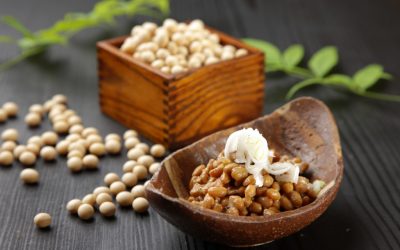Nourishing Neem
Neem is a unique plant that is derived from the neem tree, which is traditionally known to have numerous beneficial properties. The Sanskrit name for the neem tree is “arishtha” which translates to ‘reliever of sickness’. (Biswas et. al 2002) The neem leaves are largely utilized medicinally since they provide the most benefits out of the entire neem tree. Neem is a wonderful plant because it boosts your immune system, eliminates bad breath, strengthens hair as well as clears away dandruff, decreases risk of cardiovascular diseases, relieves constipation, bloating, and even cramping, and protects teeth and gum. It also has detoxifying effects which stimulate the liver and kidneys; eliminating toxins. One of neem’s most acknowledged benefits is its antimicrobial and antibacterial properties, which is why it’s a tonic for the immune system. Another use for this herb is applying it as a paste or an oil on aching joints and muscles to soothe arthritis pain.
The leaves have oil extracted from them or can be crushed into powder form to be encapsulated. Neem oil may be applied externally and the tablets of course ingested internally. Interestingly enough, despite the neem tree giving off an unpleasant and bitter smell, the flowers are fragrant and give off quite a sweet smell.
Here at Acupuncture Atlanta we sell neem in its various forms, two of which are oil and tablets as stated above. Neem Oil and Neem tablets, both by Banyan Botanicals. Banyan Botanicals great products are organic as well. Taking 1-2 tablets per day is recommended for the tablets. As for the oil, apply it directly to the skin as needed. I personally apply the oil to my hair to treat pesky dandruff. Also it’s good for treating lice which is by far a larger problem than a few flakes of dandruff. I also use neem oil as a spot treatment for any zits that pop up. Either way, try some neem today!
Reference
Biswas Kausik, Chattopadhyay Ishita, Banerjee Ranajit, Bandyopadhyay, Biological acitvities and medicinal properties of neem, Department of Physiology, Indian Insitutue of Chemical Biology, 2002.



